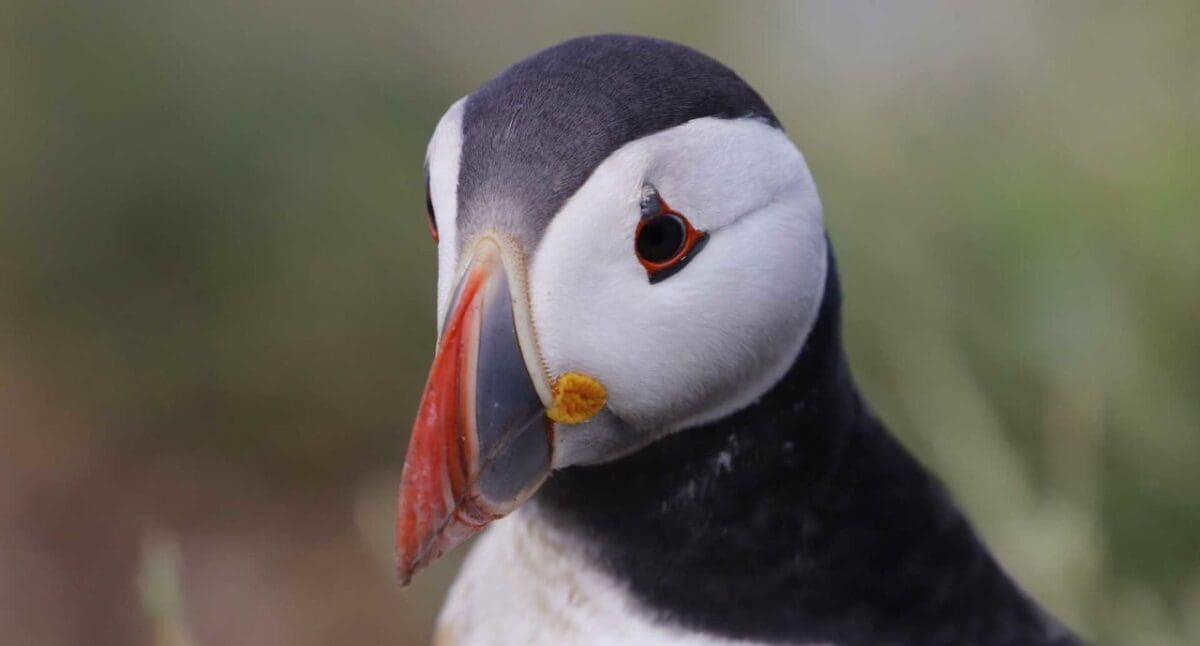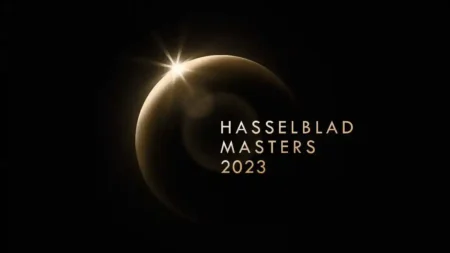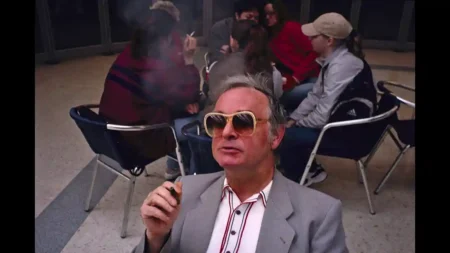Of all the animals to photograph, birds are some of the most challenging. Small, nervous, quick-moving. Everything about them can make a photographer struggle.
And capturing close-up portraits of birds can be even more challenging. In this tutorial I’ll explain how to photograph birds close-up using some simple tried-and-tested techniques from professional wildlife photographers.
How to frame close-up portraits of birds
When you photograph a bird close-up you really want it to fill your frame. So it’s best to focus on the bird’s face and eliminate any unnecessary elements from your picture.
The ideal shot is a head-and-shoulders portrait where the frame is filled with the bird’s head, neck and the tops of its wings.
This type of image usually looks best in portrait format, but by all means experiment with landscape format if you think the scene warrants it. Owls, for instance, are often photographed in landscape format to give environmental context. Or to capture wingspan. You’ll know what’s right for your subject when you see it.
Also have a think about whether your bird should be captured in profile or engaging head-on with the camera. Sometimes different angles can show other colours in its plumage, or it might reveal striking markings.
Think about your background
The best thing you can do for your bird photography is try to position yourself so that you capture the bird against a background that contrasts nicely with its colours. This will make the bird stand out in the scene and allow you to isolate the viewer’s attention.
The background of an image – particularly in wildlife photography – plays a huge role in how successful it is. You might capture a dramatic fight between an eagle and an owl, but if the background is messy and distracting, that image will lose so much of it’s impact.
Likewise, colours are crucial to how well an image will work. In short: your background shouldn’t compete with the bird for the viewer’s attention.
Setting your focus points for bird portraits
It’s best to think of close-up pictures of birds like you would human portraits: you want to focus on the eyes. A common mistake is that you’ll get the beak sharp and the eyes slightly soft, so you need to take caution.
It’s likely that the bird’s eyes will be off-centre in the frame, so you’ll need to think carefully about which AF point you will use.
The key is to choose an AF point that helps you maintain your composition without having to move the camera to get your subject in focus.
I then like to set an aperture of about f/8. This will increase your depth of field enough to capture the bird’s whole head in focus, while softening the background enough to make it less distracting.
Pre-focus on perches
A tried-and-tested wildlife photography technique is to set up a perch or feeding table in your garden. This will obviously lure birds, but crucially, it will keep them stationary for a while as they queue up to eat.
What’s more, you’ll quickly start to see patterns in how and where the birds wait and eat. You can use this to your advantage. If you know where a bird will land, pre-focus on this spot. It’s then just a waiting game to press the shutter button.
A good way to do this is to pre-focus with your AF and then lock to manual focus on your lens.
Camera settings for bird photography: Shoot in Aperture Priority mode
In order to shoot at that f/8 aperture your best bet is to set your camera to its Aperture Priority (Av) exposure mode. In your Aperture Priority mode you can set the aperture you want and you camera will determine the corresponding shutter speed for your light conditions.
Now, sometimes a fast-enough shutter speed isn’t available at the aperture you’ve set. You’ll know this usually by a flashing display. A simple way to get around this is to increase your sensitivity to a higher ISO setting.
Most cameras these days you can shoot at ISO 800 without encountering too much noise in your images. And many more cameras can keep noise at bay higher into the thousands.
Camera settings for bird photography: Use spot metering
Many times when photographing birds you’ll find that your subject is small and bright against a large dark background, or the opposite if up high: dark against a bright sky.
This can be tricky for your camera to get a meter reading from. Using your default centreweighted metering, for instance, your camera will read all of that dark background and produce an exposure that washes out your subject.
Your spot metering mode allows you to take a meter reading from a small, select area of your frame to ensure that your subject is exposed correctly. Typically the ‘spot’ is assigned to your camera’s active AF point.
Camera settings for bird photography: Continuous Shooting mode
Most cameras offer a Continuous shooting, or burst, mode, which allows you to take a series of frames in sequence. Whether your camera shoots 3 frames per second or 8fps, this faster drive mode can really help increase your hit rate. A rapid-fire succession of images can increase your chances of capturing a fleeting moment of perfection.
Use a telephoto lens
A long lens, ideally a 300mm telephoto, is probably the best all-rounder for close-up bird photography. If you can afford a pro-level f/2.8 lens, all the better, but a more affordable f/4 option will serve you well, too.
Camera shake is something to look out for when shooting at long focal lengths. But if you use a tripod you should be fine.
Using telephoto lenses at their widest aperture will also give you a faster shutter speed, which means you can likely avoid having to increase your ISO setting.




Sorry, great information, but there are so many ads on this site it is difficult to read the article.
If you’re doing with a phone you can easily zoom the camera , and click
That’s true but if you use the digital zoom there’s likely to be some loss of quality.
Thank you for providing information about how easily can anyone do the camera setting for proper capture.